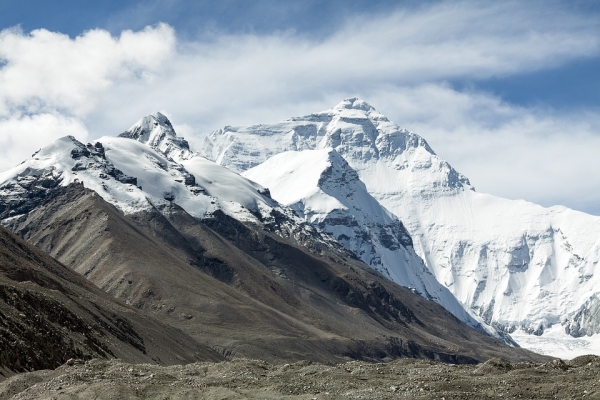Almost five miles above sea level in the Himalayan mountains, the rocky dip between Mount Everest and its sister peak, Lhotse, lies windswept, free of snow. It is here at the South Col where hundreds of adventurers pitch their final camp each year before attempting to scale the world’s tallest peak from the southeastern side.
According to new CU Boulder-led research, they’re also leaving behind a frozen legacy of hardy microbes, which can withstand harsh conditions at high elevations and lie dormant in the soil for decades or even centuries.
The research not only highlights an invisible impact of tourism on the world’s highest mountain, but could also lead to a better understanding of environmental limits to life on Earth, as well as where life may exist on other planets or cold moons. The findings were published last month in Arctic, Antarctic, and Alpine Research, a journal published on behalf of the Institute of Arctic and Alpine Research (INSTAAR) at CU Boulder.
Read more at University of Colorado at Boulder
Photo Credit: Eknbg via Pixabay


